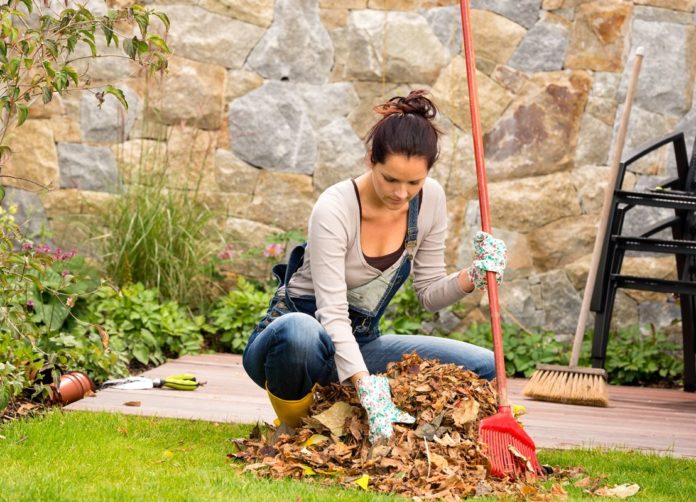
Gardens should be both beautiful and environmentally friendly. One of the biggest benefits of having a garden is enjoying your little piece of nature.
How you build your garden and what you put in it can have an impact on the environment. If you want to live a greener, you should be aware of how to make your green space thrive while staying in line with the local environment’s needs.
What can you do to build an eco-friendly garden in your back yard?
Plant a Tree or Two
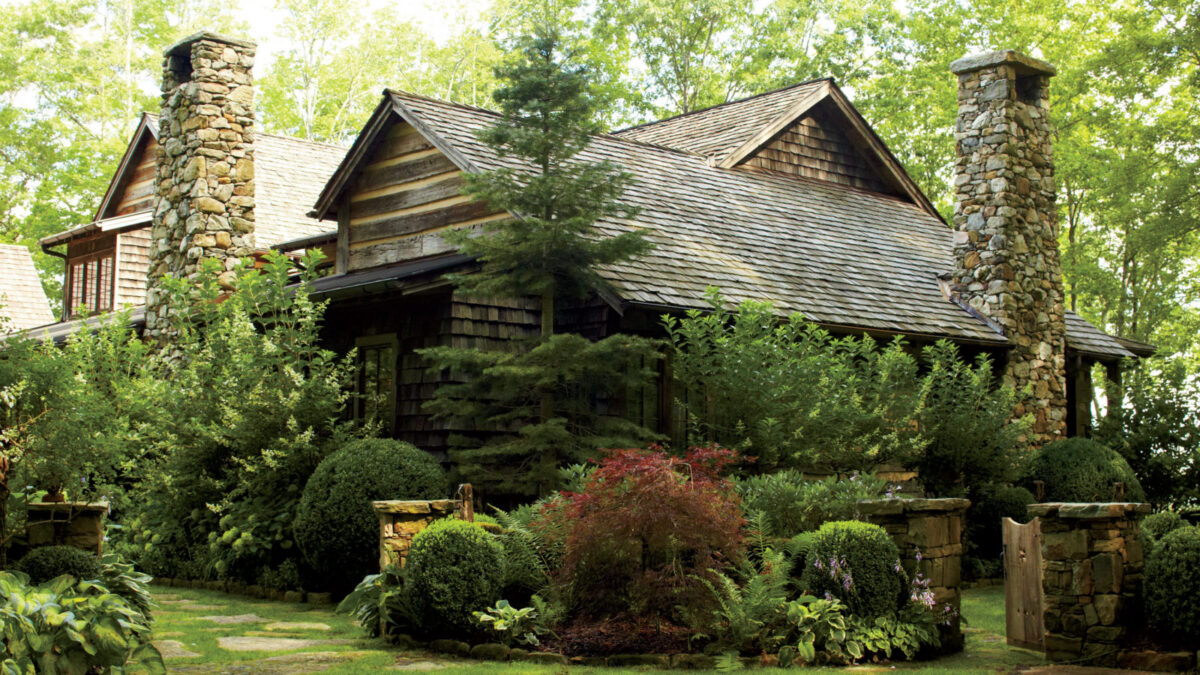
Is there a type of tree you always wanted to have in your yard? Now is the time to plant it! Trees can take a long time to grow, so it’s better to start sooner. Trees also purify the air, which is good for everyone. Their branches and leaves support local wildlife, like birds and insects.
Choose Native Plants
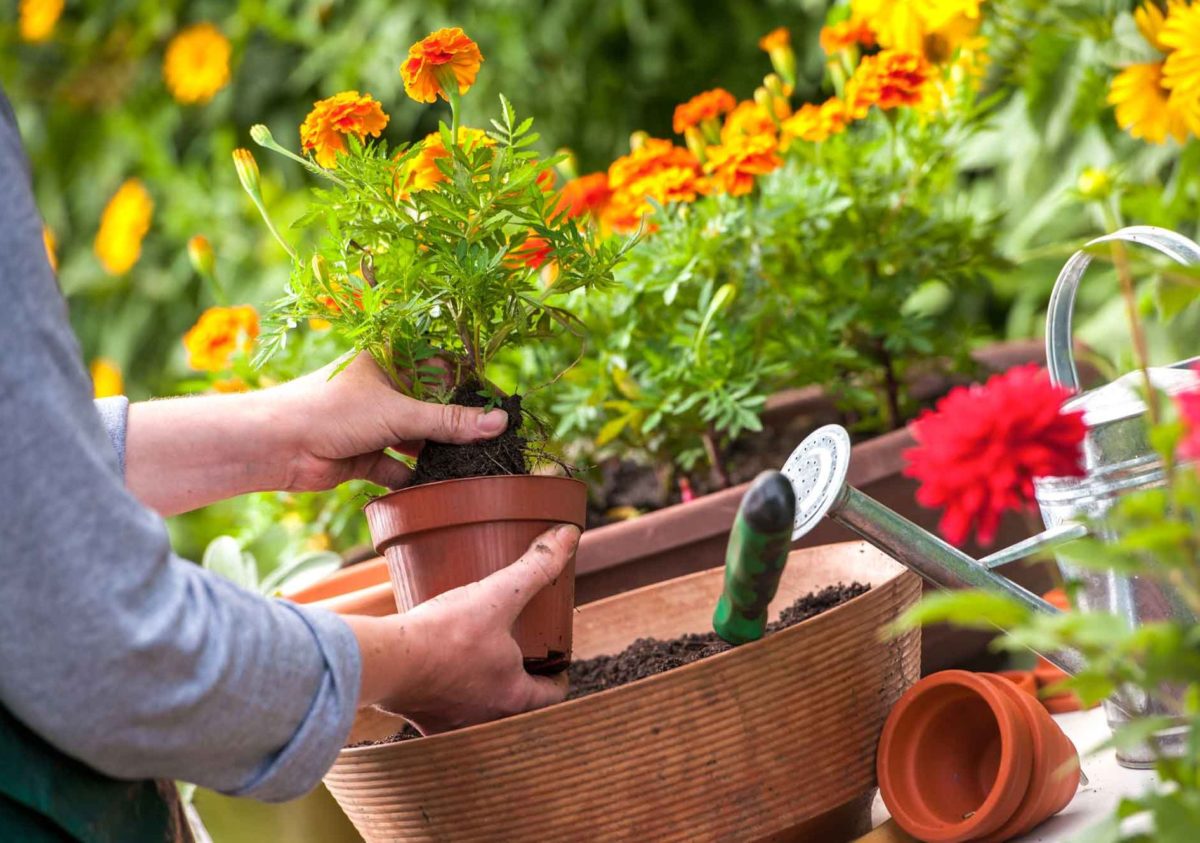
Native gardening is both beneficial and easy. Native plants are those that come from your region. They are already acclimated to the environment, which means that they don’t require as much effort to grow. They do not need fertilizer and require little to no pesticides. They can reduce air pollution while protecting your soil from erosion. Since they already grow locally, they also support wildlife and insects.
Think of the Pollinators
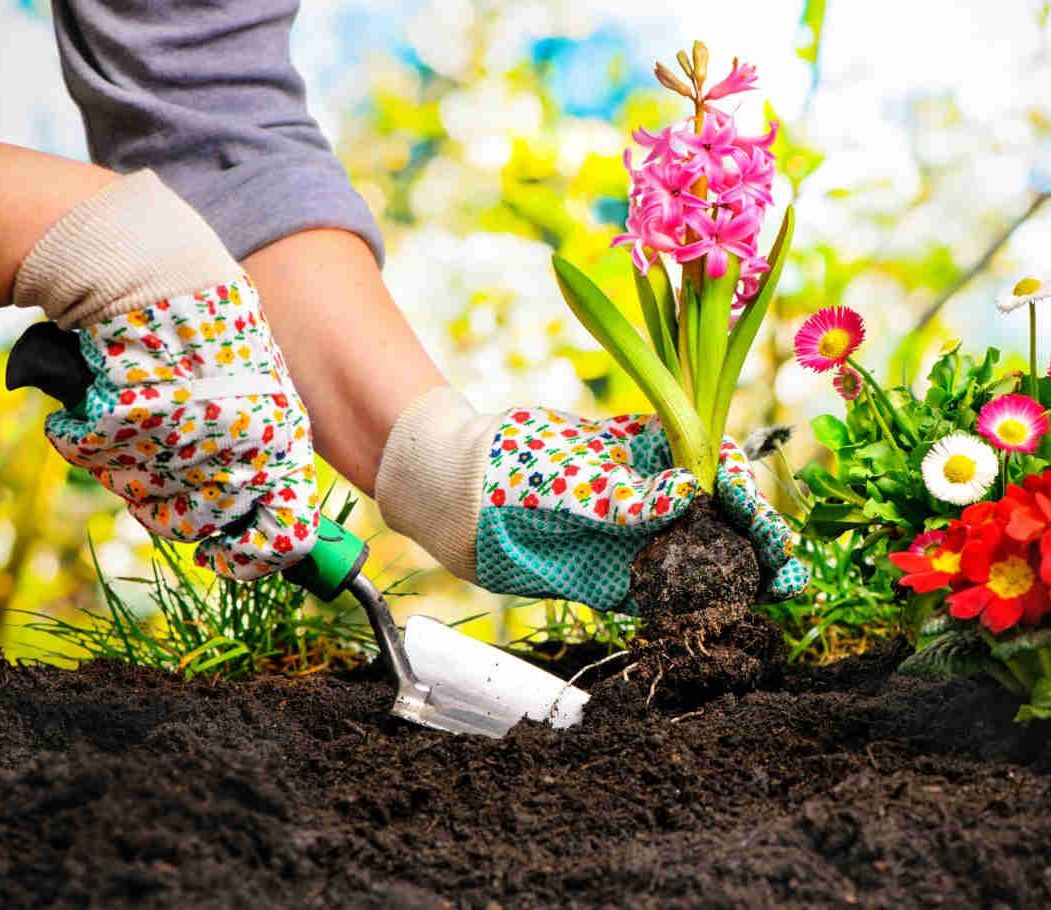
Pollinators are essential to the survival of our planet. Many people choose to plant a pollinator garden. You can use your entire garden space or reserve a part of it for this purpose.
Pollinator gardens should contain plants that are native to your region. You should avoid modern hybrids and choose a variety of plants so that something is in bloom from spring through late fall. You should avoid putting down mulch or landscape fabric. Plants that are pollen-rich in a variety of shapes, colors, and sizes work best.
Be Smart About Watering
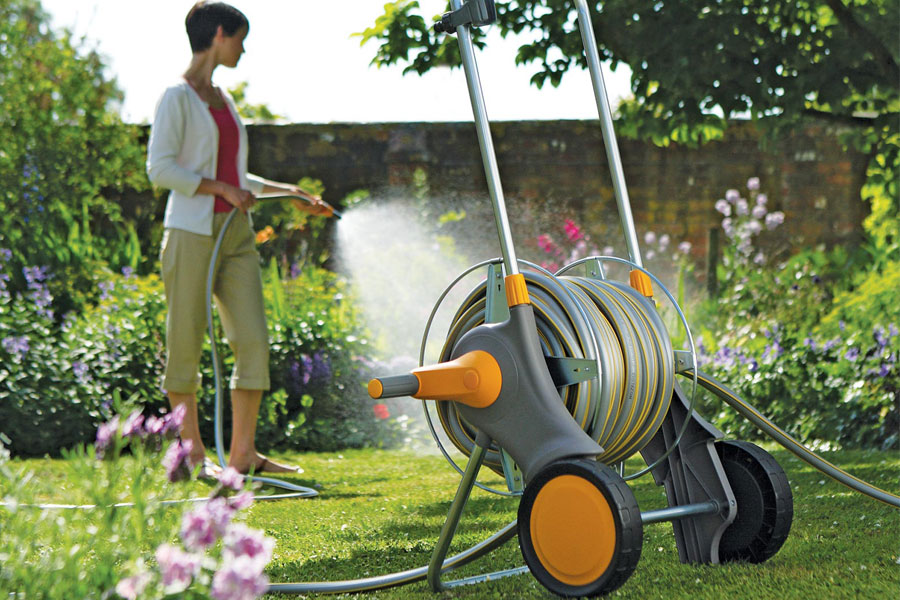
Excessive water consumption is harmful to the environment, especially if you live in a region that experiences drought.
Be smart about how and when you water your plants. Watering should be done during the cooler times of the day to reduce evaporation. You’ll use less and spend less on your water bill. You can also invest in an eco-friendly irrigation system. According to indoorgrowtech.com hydroponic gardening another water-efficient option, using 90-90% less water than traditional soil gardening.
If you live in a place that experiences drought, you should consider installing a rain barrel. This is an eco-friendly addition that will gather rainwater that you can use in the garden. It’s natural, free, and won’t add to the depletion of public water supplies. Rain barrels can even be equipped with a hose or sprinkler for easier distribution.
Build a Compost Bin
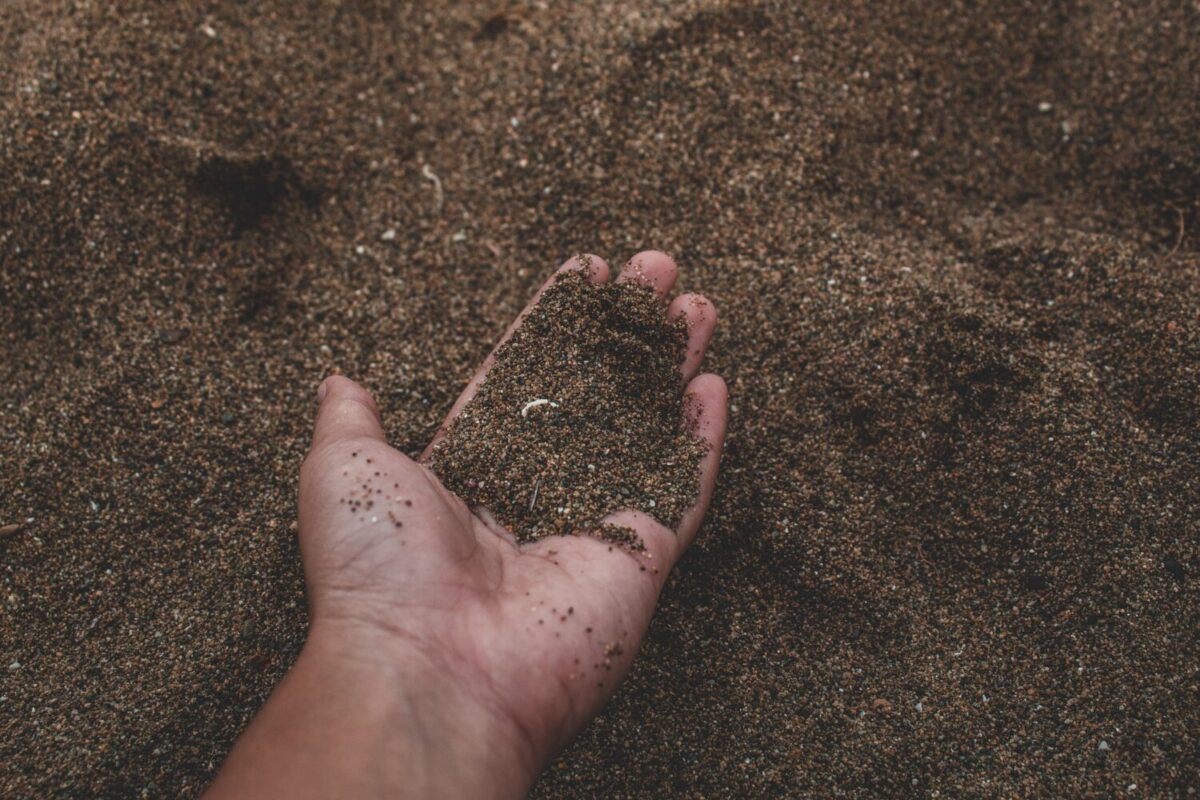
Composting is easy and great for the environment. You can take yard waste, grass clippings, and biodegradable food waste like fruit or vegetable scraps and turn them into compost. This enriches the soil, encourages the production of beneficial bacteria, suppresses pests and plant diseases, and reduces the need for chemical fertilizers.
Composting also reduces household waste, which means less is going to landfills, where it adds to methane emissions.
Power Your Garden with Solar Energy

Some parts of your garden may need electricity to operate. Connectelectric.com.au wants to emphasize the benefits of using renewable energy outdoors. Solar lights will keep your garden bright and safe after dark without consuming energy from the grid.
You can install solar panels on the roof of a shed or directly on the ground to collect sunlight to power lawn decorations or an irrigation system. These setups don’t have to be complex and can keep your garden running without adding to your monthly utility expenses.
Solar is completely clean, so you won’t contribute to pollution and will reduce your carbon footprint.
Get Rid of the Grass

The grass is a common ground cover, but it isn’t always the best choice. The less grass you have in your backyard, the better. Grass requires regular mowing, which takes time and consumes fossil fuel if you have a traditional mower. It also requires more care and water in some regions, which consumes more resources for something that is essentially ornamental.
Instead, you can install beautiful paver pathways, stone landscaping, or native ground cover. Moss can work well, or you can try planting wildflowers to create a miniature meadow.
Avoid Harsh Chemical Products
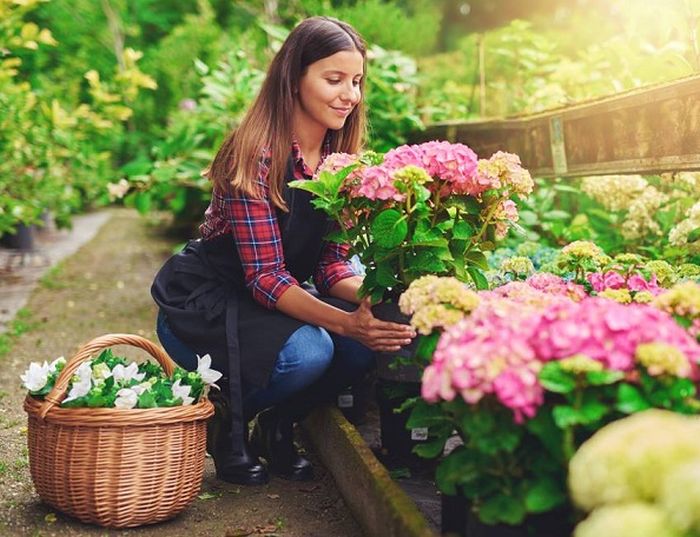
Some store-bought garden products contain harsh chemicals that aren’t good for the environment. This can include fertilizers, weed killers, and pesticides. Look for natural alternatives or find ways to grow your garden that will reduce the need for these products.
There are recipes for natural pesticides that won’t harm nearby plants or contaminate natural resources. Many contain ingredients that you likely already have in your kitchen, like vegetable oil and mild soap.
Grow Your Own Food at Home
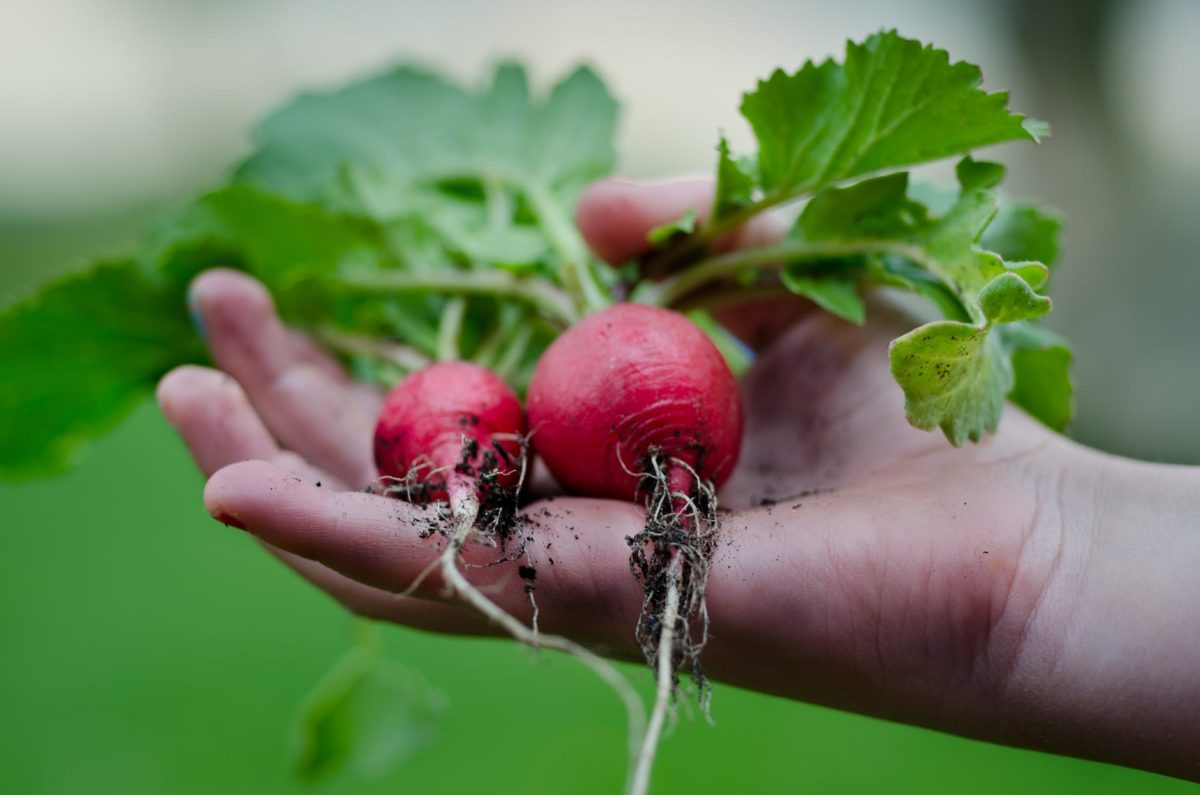
Growing your own food at home can lower monthly grocery bills and reduce your impact on the environment. Even if you plan on growing a flower garden, there may be places where you can add in a vegetable, berry, or fruit plant or two.
Companies transporting produce generates a lot of greenhouse gases. You can lower your dependence on these mass-produced food sources by growing your own.
It’s also a good way to encourage healthy eating. Foods that are closer to their original source tend to be better for your body and less likely to contain anything harmful, like preservatives or pesticides.
Favor a Weathered Look in the Garden
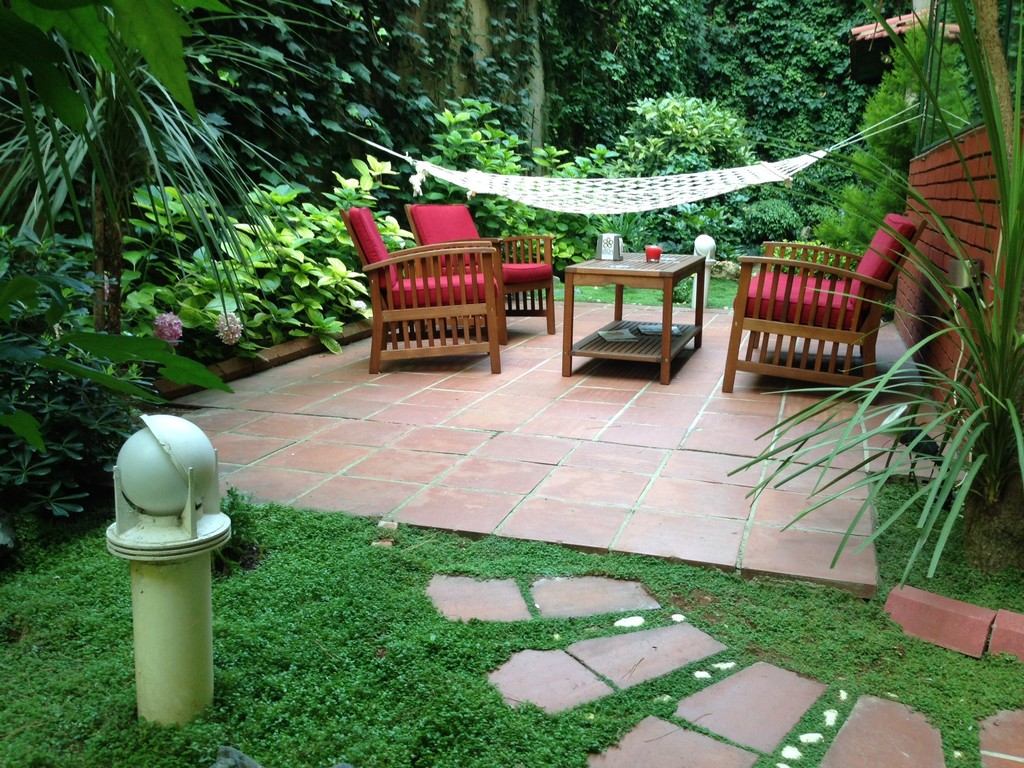
Furniture and other objects in your garden will likely begin to look weathered as time goes on. This is a natural process, but one that isn’t always visually unpleasant. Choose materials that can survive for years outdoors and let them take on that slightly aged worn appearance.
It adds a beautiful aesthetic to your garden and will eliminate the need to repaint furniture. The paint contains chemicals that aren’t good for your garden. As a compromise, you could instead apply a coat of varnish once every two years or so to preserve that handsome weathered look while protecting the integrity of the wood.
Get creative and discover more ways that you can build an eco-friendly garden at home!
















